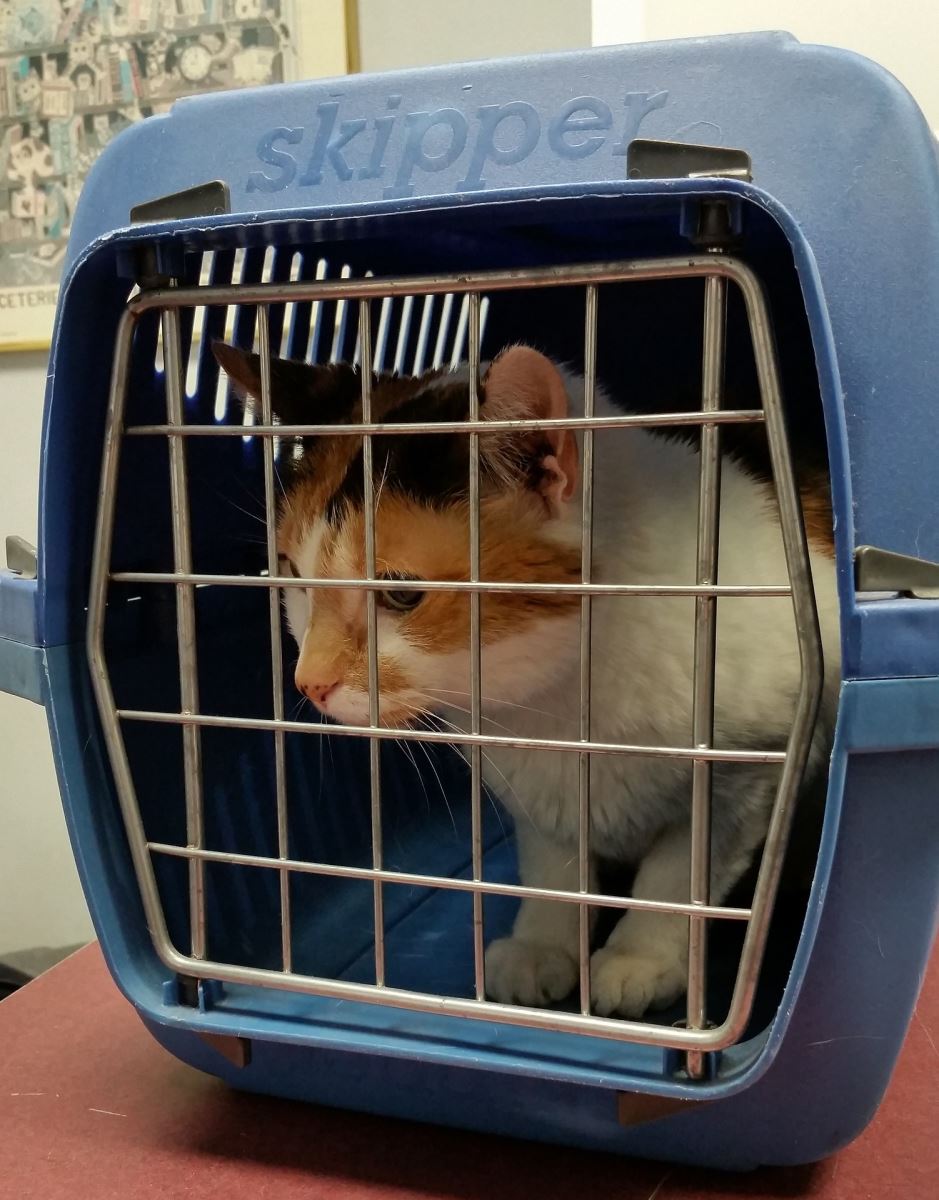What to think about:
Whether you have a cat, dog, horse, rabbit, or goat – these animals depend on their guardians for everything. We provide them with food, water, shelter, love and understanding, among many other things. When an emergency arises and you need to leave your home, you must ensure that you’re still able to meet your animals’ needs.
A good way to make sure you have everything your animal will need in their kit is by going through the five domains. Your family should ensure that you’re still able to meet all of these welfare standards, no matter where you and your companion animals go.
Below is a helpful chart that outlines what you need for your animal and which of the five domains it falls under:
|
The Five Domains
|
Examples of What you need:
|
|
Nutrition
|
- Food
- Bottled water
- Food/water bowls
- Treats
|
|
Environment
|
|
|
Health
|
- Medication and treatments
- Animal first-aid kit & first-aid book
- Vaccination/vet history
|
|
Behaviour
|
|
|
Mental Wellbeing
|
- Comfort
- Companionship
- Love
- Carrier for small animals
|
Your animal(s) get-away kit should also include:
- Documents:
- Registration and microchip information
- Photographs of your animals (with online backup) including a photo of you with your animals
- Plastic bags/doggie bags/gloves
- Litter and litter tray for cats
- Crate
- Animal seat-belt
You might need to leave in a hurry, so place your animals’ get-away kit in a place that grab and go easily!
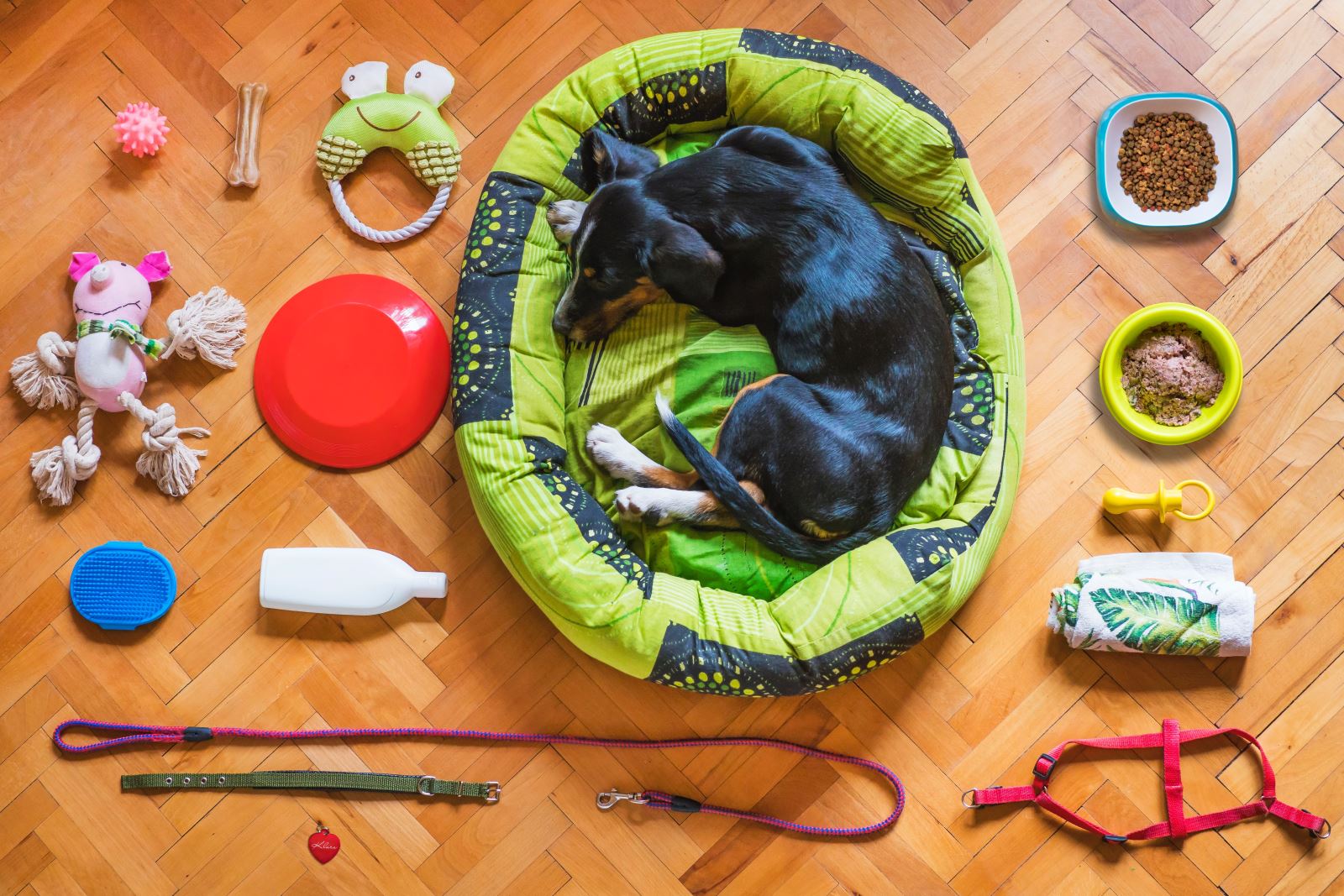


























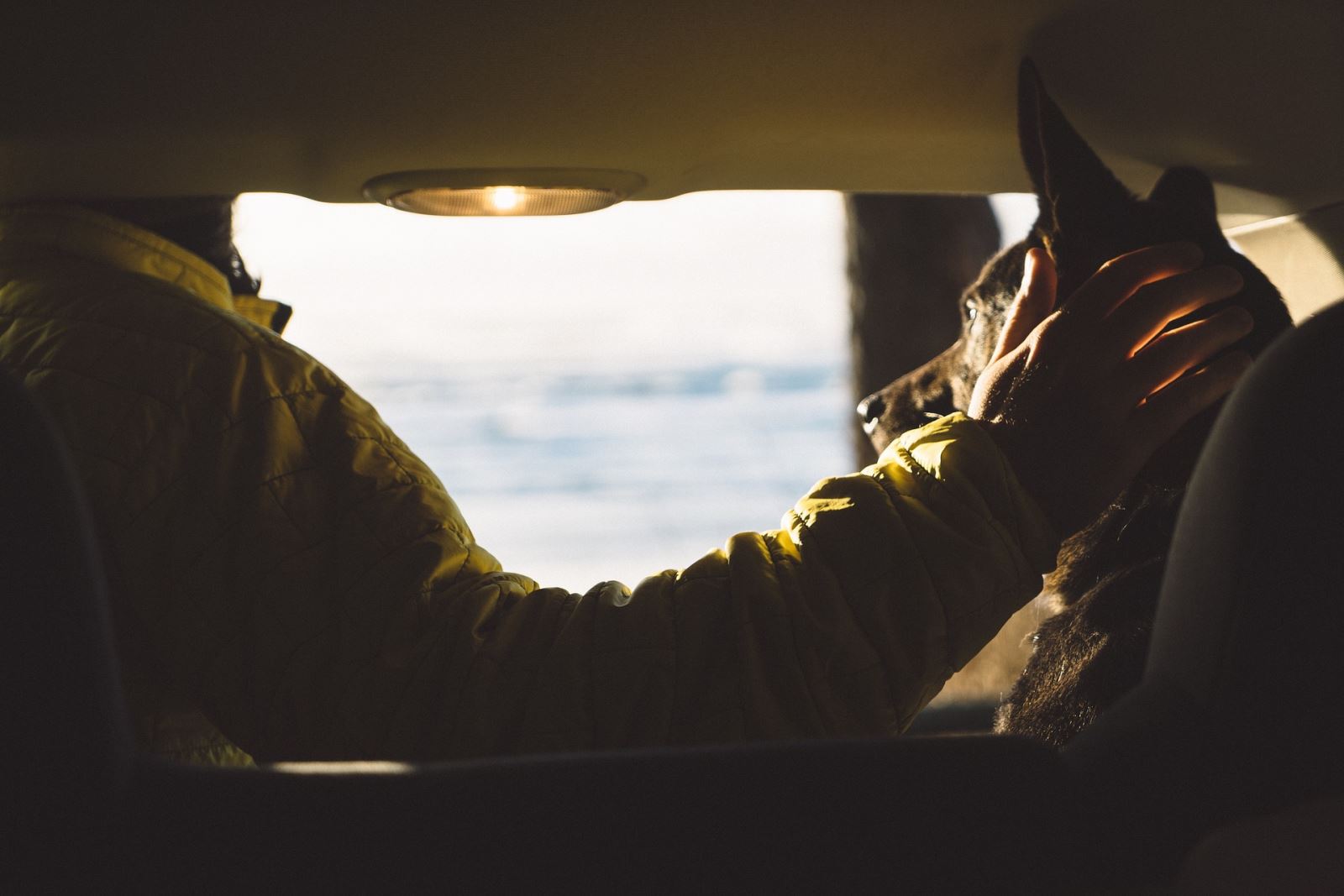
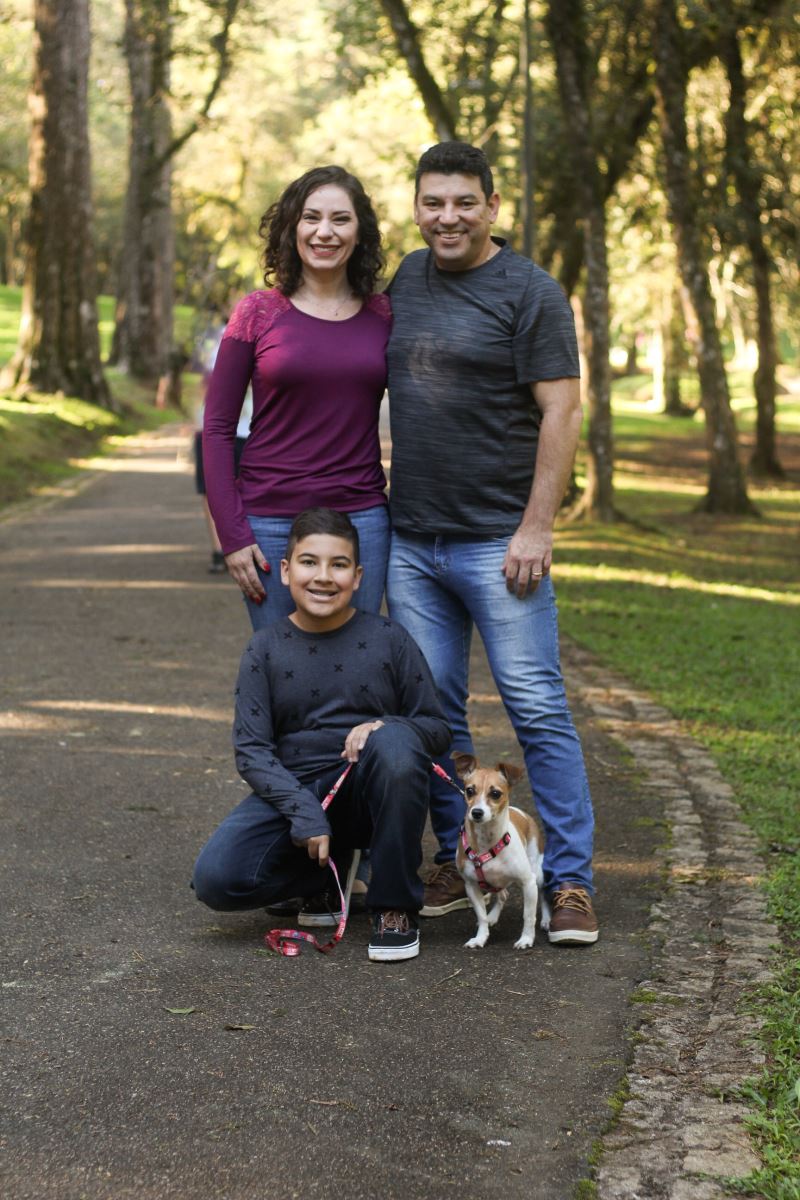

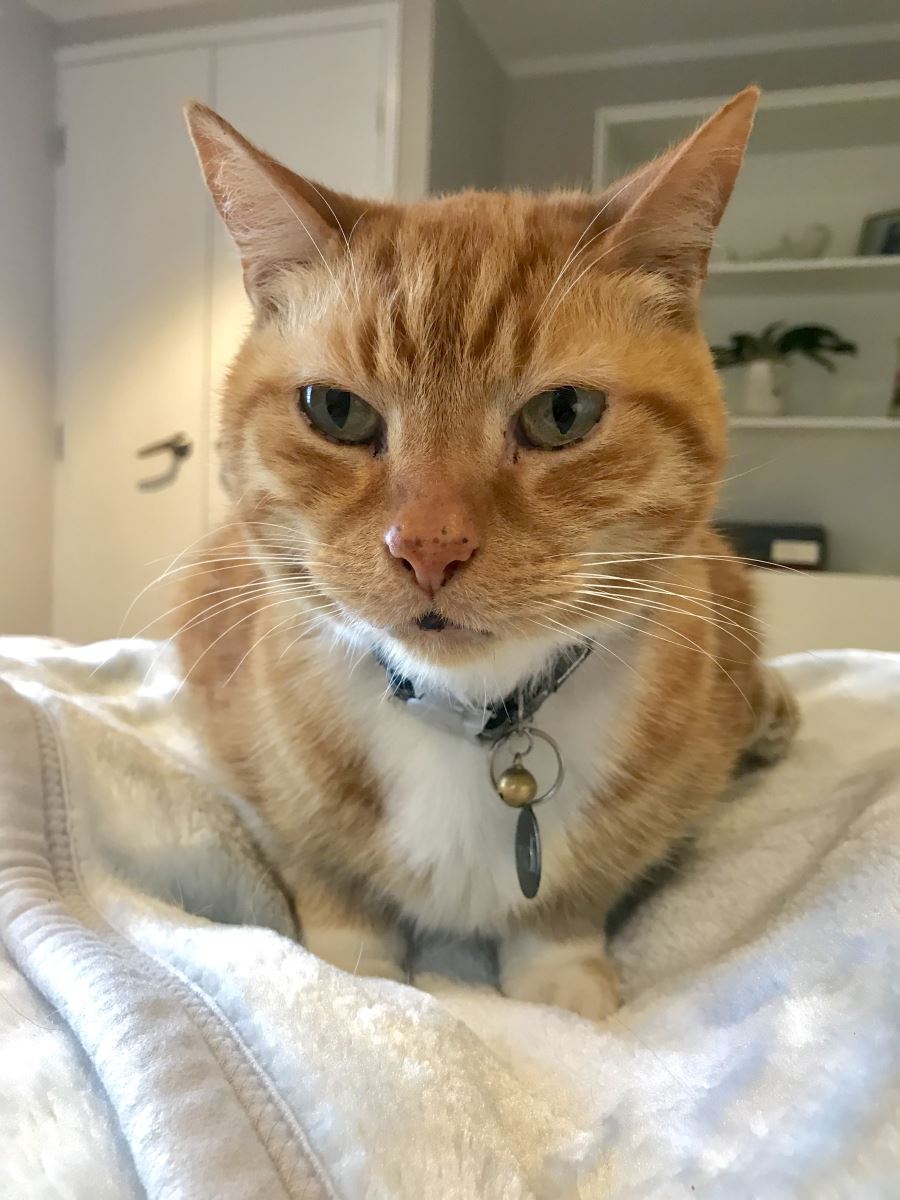
.jpg)
